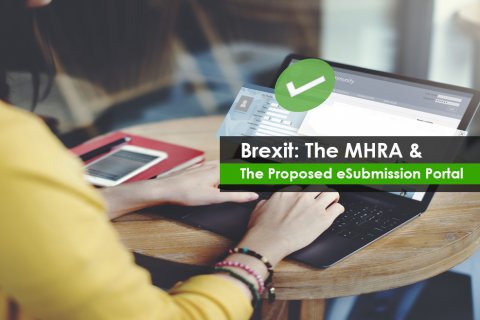High-quality, comprehensive trade agreements (FTAs) such as the Australia trade deal with the EU can play a crucial role in supporting global trade liberalisation and enhancing the international competitiveness of Australian exports.
FTAs can cover entire regions with multiple participants or link just two economies. Under these agreements, parties enter into legally binding commitments may have to open access to every other market for goods and services and investment.
Australia has 14 effective FTAs at present. These include bilateral agreements with Chile, China, Hong Kong, Indonesia, Japan, Korea, Malaysia, New Zealand, Peru, Singapore, Thailand , the US & two plurilateral agreements with the Association of South East Asian Nations and New Zealand (AANZFTA), and therefore the Comprehensive and Progressive Trans-Pacific Partnership (CPTPP). The CPTPP has been ratified by Australia, Canada, Japan, Mexico, New Zealand, Singapore and Vietnam, however Brunei Darussalam, Chile, Malaysia and Peru are yet to ratify the agreement. The Australian Government supports the negotiation of comprehensive FTAs that are according to the planet Trade Organization (WTO) rules and guidelines and which enhance and reinforce the multilateral trading system.
FTAs promote stronger trade and commercial ties between participating countries and open up opportunities for Australian exporters and investors to expand their business into key markets. They are particularly beneficial once they seek to get rid of barriers in highly protected markets or gain an edge in potential or expanding markets.
By facilitating access to those markets, FTAs provide significant commercial benefits to Australia’s exporters and successively, wider economic benefits to all or Australians.
One of the highest affected area would be Tariff Barriers to trade, while non-tariff might also see a rising cost due to the presence of something along the lines of a physical border.
Representative entities would be needed in each of the EEA Member States for MRP/DCP/National and Centralised procedure. Artwork/Labelling & Packaging, QPPV, MAH for EU, GMP compliance and movement of personnel/resources to EU states for Market access, Clinical trials compliance would all merit more dedicated full-time resources.
To read more about each area affected, what you need to do is to stay ahead of the curve. How Freyr can help ease your transition into these new guidelines?




